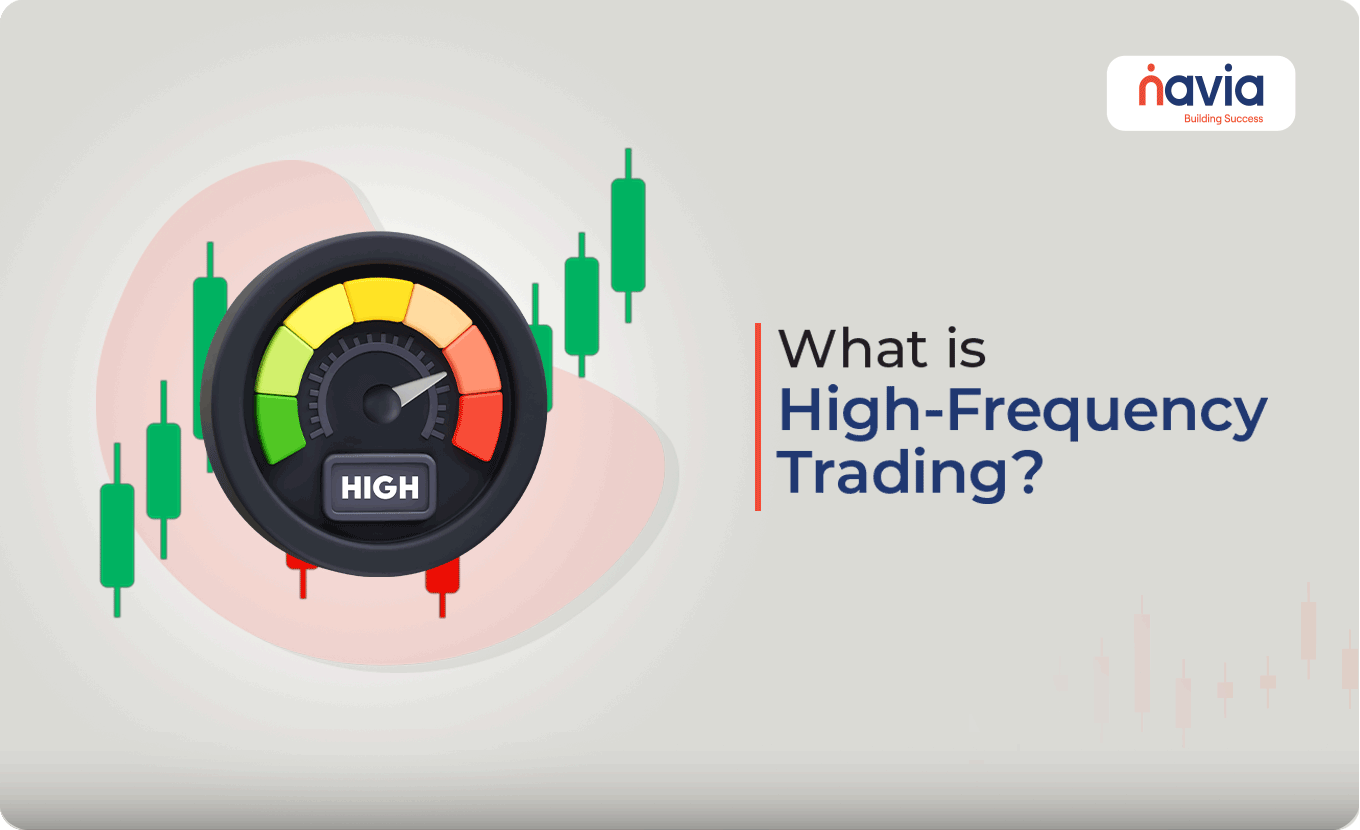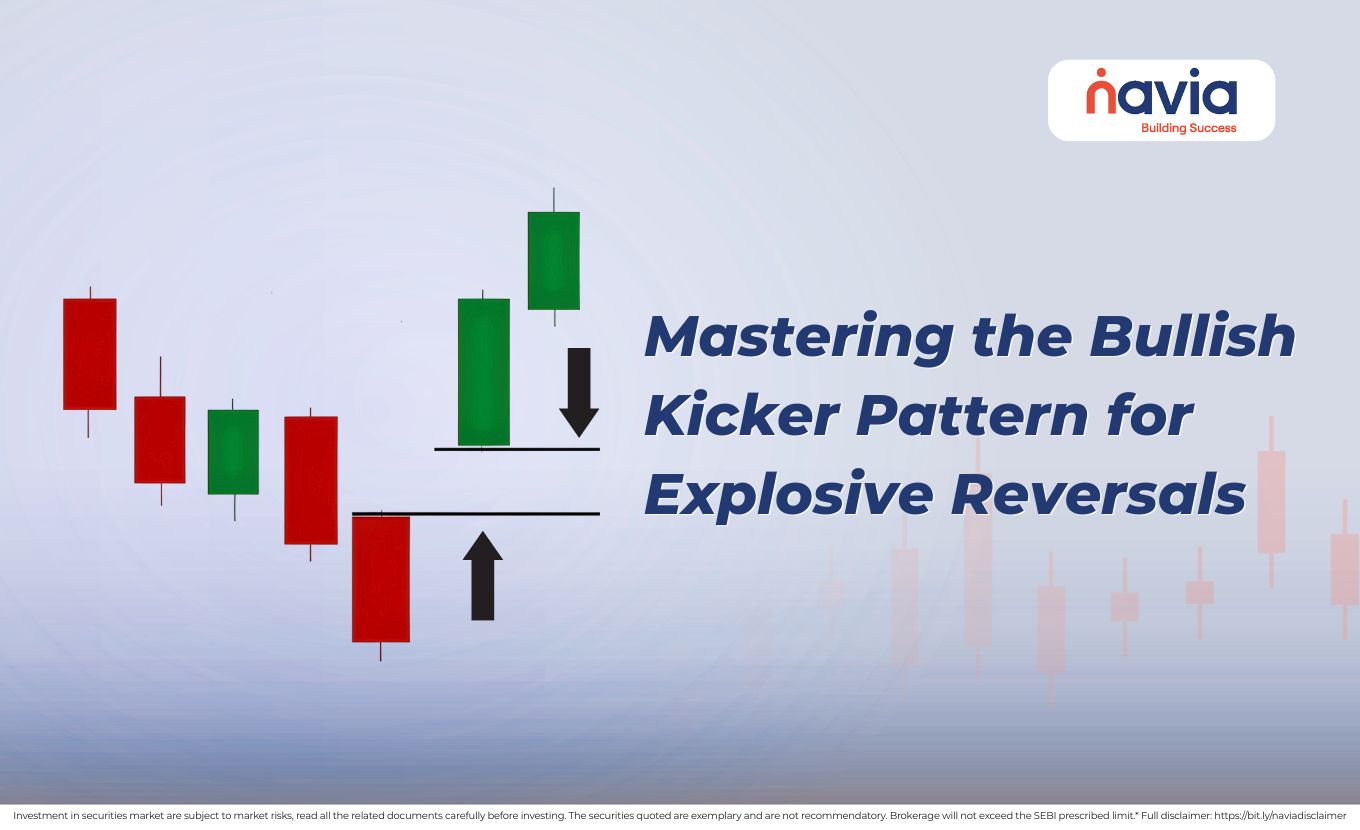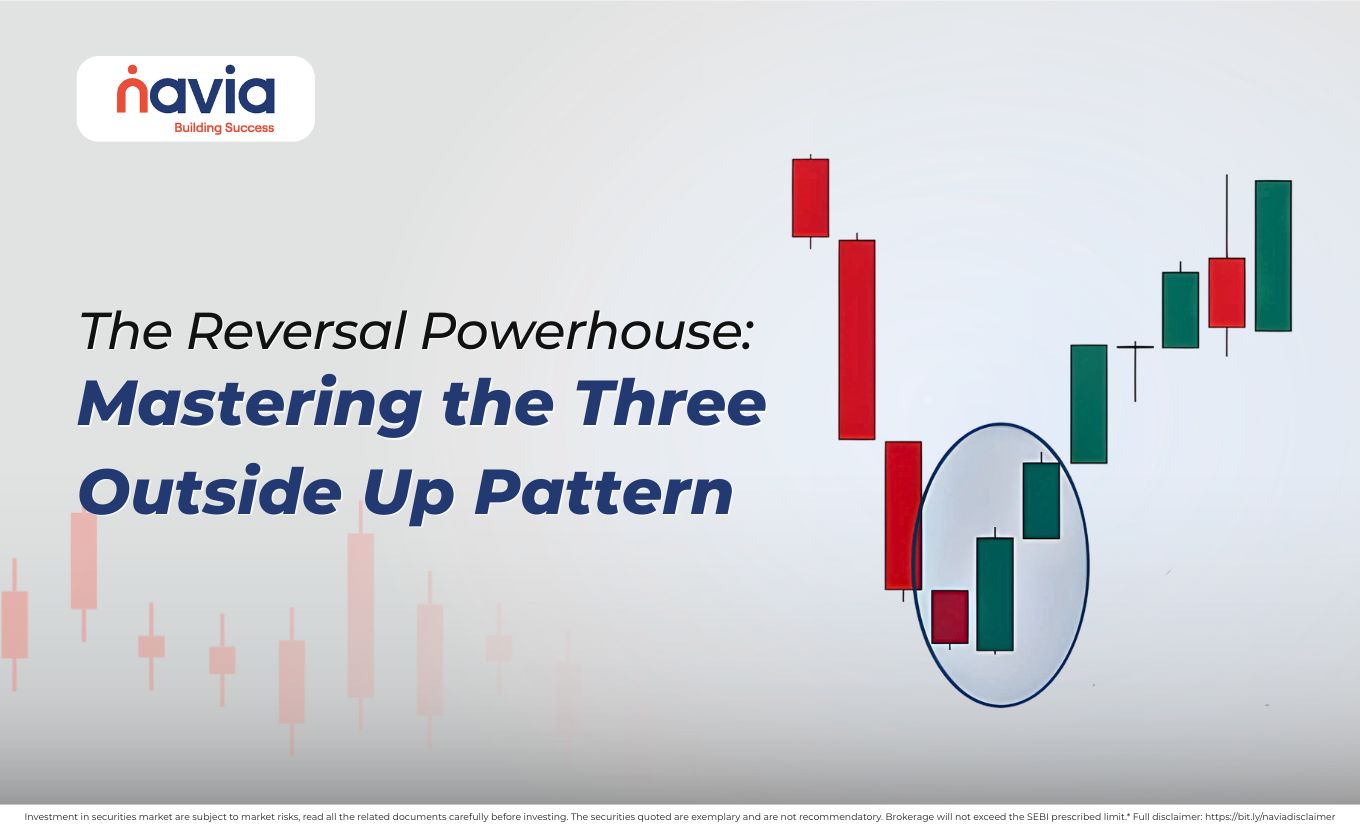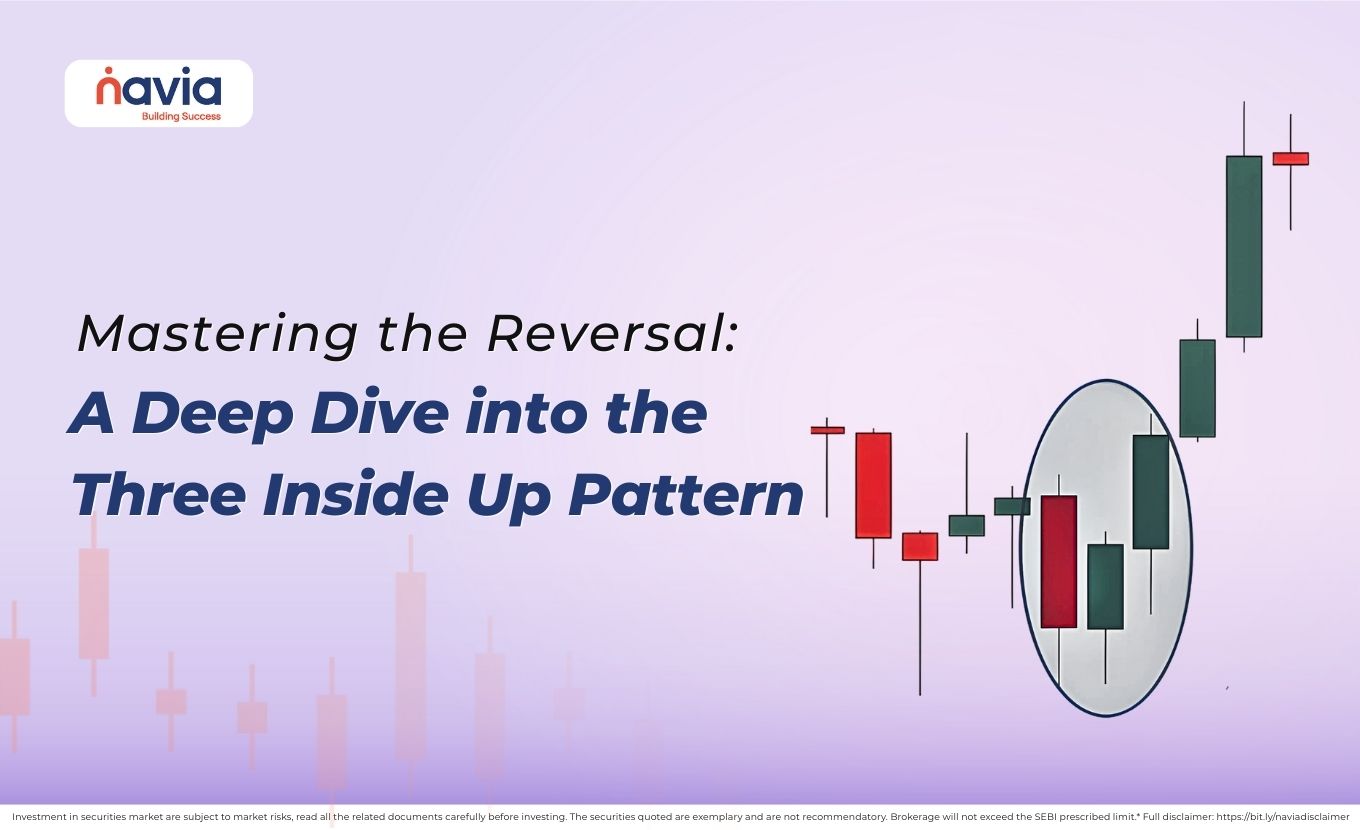What is High-Frequency Trading?

In today’s ultra-fast financial markets, technology plays a massive role, so traders are using advanced tactics. One of the most popular tactics used by professional traders is high-frequency trading (HFT), but what exactly does high-frequency trading mean? In this blog we will explore the HFT, how it works, pros and cons and the key features that make them unique from traditional trading methods. Come explore it!
What is High-Frequency Trading?
High-frequency trading is the use of sophisticated algorithms and ultra-fast computers to execute thousands or even millions of orders in mere seconds. So, what should be the goal? To profit from small price differences or market inefficiencies that exist for a few seconds or milliseconds. They are characterized by:
🠖 Lightning-fast order execution
🠖 High volume of trades
🠖 Short-term trading strategies
🠖 Small profit margins per trade, compensated by scale
HFT is mainly used by banks, institutional investors, and financial institutions to smoothen their trading journey.
How High-Frequency Trading Works (HFT)?
Advanced Algorithms
High-Frequency Trading algorithms are used to analyze multiple market conditions including price, news, and volume. So, this real-time identification of the market will offer short-lived trading opportunities to investors.
Ultra-Low Latency Infrastructure
The firms are investing money in high-end servers; these fast connections are located to exchange data centers to minimize order execution delays.
Fine-Grained Risk Control
Its sophisticated risk systems ensure that trades are executed only under predefined conditions that will reduce the chance of large losses in volatile markets.
Market Microstructure Exploitation
The HFT strategies can easily detect the micro price differentials between exchanges and engage in market making, capitalizing on momentary imbalances in demand and supply.
Order Routing and Execution
Once the algorithm finds an opportunity, HFT systems break the orders into smaller chunks and route them to multiple venues to minimize market impacts.
Pros and Cons of High-Frequency Trading (HFT)
| Pros | Cons |
| Increased market liquidity | Sudden withdrawal will increase volatility |
| Reduce price inefficiencies | Spoofing (placing fake orders to manipulate prices) |
| High execution speeds | Technical failures and cyber-attacks |
| Reduce bid-ask spreads | Managed by nature so rules of the strategies not shared by the firms |
| Reduce trading costs | Speed advantage has raised concerns about unfair market access |
How Fast is High-Frequency Trade?
As we already see, trades are measured in microseconds, which means millionths of seconds by using a high-frequency algorithm. Optimizing order round trips that includes execution and confirmation takes microseconds.
Also, HFT systems aim for the latencies between 100-300 microseconds that make them hundreds of times faster compared to traditional retail trading systems. In simple words, by using this method you can get faster trading with complete efficiency.
Features of HFT
High-Frequency Trading has several features like;
Low Latency
High Frequency Trading always ensures that to reduce the delays in data processing and order execution. By using HFT systems the latency is measured in microseconds that is the highest speed compared to traditional systems.
Algorithmic Execution
The trades through these systems are automated because of the use of pre-programmed algorithms, and it will help to analyze market conditions more easily.
Lower Holding Period
The strategy is held for short times, like milliseconds to seconds, the order executed or not executed that is completely under HFT need.
Direct Market Access
We know there is a lot of money needed for making its infrastructure, so that they place their servers close to exchange infrastructure that leads to direct market access.
Bid-Ask Spread
It has the power to provide both the bid and the ask side of the book by placing buying and selling orders effectively.

Difference Between High-Frequency Trading and Algorithm Trading
HFT is a subset of Algorithmic trading, but they two have some differences;
| Feature | Algorithmic Trading | High-Frequency Trading (HFT) |
| Speed & Latency | Seconds to minutes | Microseconds |
| Duration of Trade | More varied (minutes/hours/days) | Very short (milliseconds) |
| Trade Volume | Moderate | Extremely high |
| Infrastructure Cost | Lower | High |
| Profit Per Trade | Higher | Very small |
| Strategy Focus | Trend following, mean reversion and statistical models | Price inefficiencies, latency arbitrage, market making |
| Participants | Individuals, institutions, hedge funds | Institutional firms |
Regulatory Framework for HFT
HFT is highly regulated because of its speed and influence on the trading industry. The order-to-trade ration limit can restrict excessive order placement and cancellations. And also, it has minimum order exposure rules that prevent hidden or manipulative orders.
The surveillance tools will monitor to find abusive practices like spoofing. To ensure automatic halts when the price fluctuates rapidly in a short window through the circuit breakers/threshold rules. Fair access to exchange data and latency advantages mandated by co-location fairness.
The regulations are differed globally like India’s SEBI have specific requirements to ensure fair and stable markets.
Conclusion
High-Frequency Trading has revolutionized the entire market because of its liquidity, efficiency, and faster order execution. If you are an individual investor, it is necessary to understand what is high-frequency trading and how it differs from traditional trading. As markets evolve at millisecond speeds, understanding HFT helps you keep pace with these changes.
Navia provides technology-driven platforms that help you trade seamlessly and stay informed in today’s fast markets.
Do You Find This Interesting?
Frequently Asked Questions
What is the difference between high-frequency trading and algorithmic trading?
High-frequency trading (HFT) operates at ultra-fast speeds (microseconds), with very high volumes and low per-trade profits. Algorithmic trading can include slower-paced strategies.
Can retail traders participate in HFT?
Retail traders can’t directly participate in the high-frequency trading (HFT) strategies.
Is high-frequency trading legal?
Yes, high-frequency trading (HFT) is legal in India and is regulated by SEBI.
Does HFT benefit regular investors?
Yes, HFT can benefit regular investors by improving market liquidity and reducing bid-ask spreads.
How do exchanges regulate HFT?
Exchanges regulate HFT through order limits, surveillance systems, co-location rules, and circuit breakers to prevent market abuse and volatility.
DISCLAIMER: Investments in securities market are subject to market risks, read all the related documents carefully before investing. The securities quoted are exemplary and are not recommendatory. Full disclaimer: https://bit.ly/naviadisclaimer.






